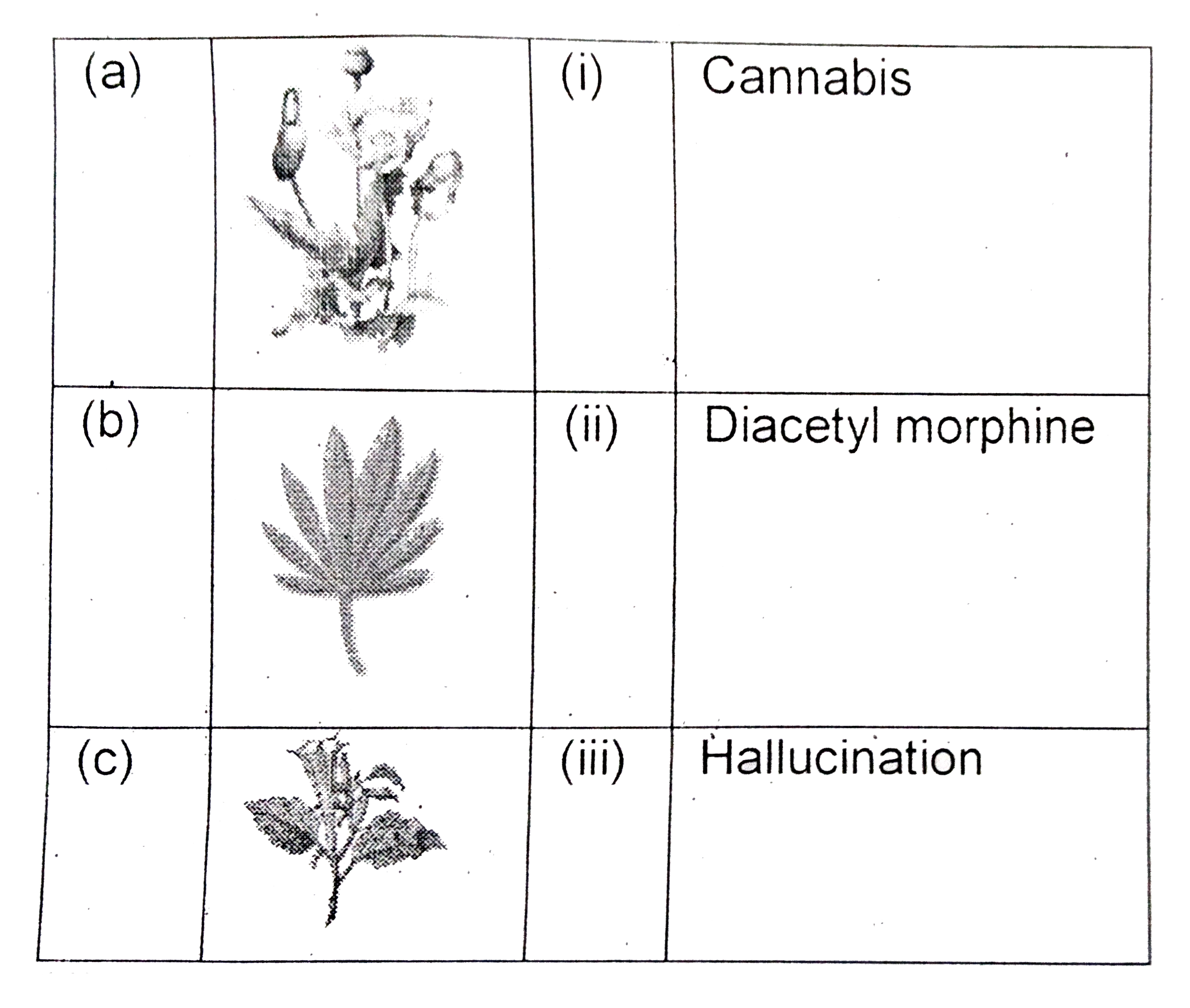Regarding stationary waves, choose the correct options.
(a) This is an example of interference
(b) Amplitudes of waves may be different
(c) particles at nodes are always at rest
(d) Energy is conserved
The correct Answer is:A, B, D
To solve the question regarding stationary waves and to choose the correct options, we will analyze each option step by step.
1. Understanding Stationary Waves:
- Stationary waves are formed when two waves of the same frequency and amplitude travel in opposite directions and interfere with each other. This interference can be constructive or destructive, leading to the formation of nodes and antinodes.
Hint: Recall the definition of stationary waves and how they are formed through interference.
2. Analyzing Option A:
- Statement: "Stationary wave is an example of interference."
- Evaluation: This statement is correct. Stationary waves result from the interference of two waves traveling in opposite directions.
Hint: Consider how interference leads to the formation of stationary waves.
3. Analyzing Option B:
- Statement: "The amplitudes of the waves may be different."
- Evaluation: This statement is also correct. The two waves can have different amplitudes, and stationary waves can still form as long as they have the same frequency.
Hint: Think about the conditions required for stationary wave formation.
4. Analyzing Option C:
- Statement: "Particles at nodes are always at rest."
- Evaluation: This statement is incorrect. At the nodes, particles do not move up and down (they have zero displacement), but they are not at rest in terms of velocity. They are moving with maximum velocity at the mean position, not at the nodes.
Hint: Review the behavior of particles at nodes and antinodes in stationary waves.
5. Analyzing Option D:
- Statement: "Energy is conserved."
- Evaluation: This statement is correct. During the formation of stationary waves, energy is conserved. The energy can be transferred between kinetic and potential forms, but the total energy remains constant.
Hint: Consider the principle of conservation of energy in wave interactions.
Final Evaluation of Options:
- Option A: Correct
- Option B: Correct
- Option C: Incorrect
- Option D: Correct
Conclusion:
The correct options regarding stationary waves are A, B, and D.
- Stationary waves are formed when two waves of the same frequency and amplitude travel in opposite directions and interfere with each other. This interference can be constructive or destructive, leading to the formation of nodes and antinodes.
- Statement: "Stationary wave is an example of interference."
- Evaluation: This statement is correct. Stationary waves result from the interference of two waves traveling in opposite directions.
- Statement: "The amplitudes of the waves may be different."
- Evaluation: This statement is also correct. The two waves can have different amplitudes, and stationary waves can still form as long as they have the same frequency.
- Statement: "Particles at nodes are always at rest."
- Evaluation: This statement is incorrect. At the nodes, particles do not move up and down (they have zero displacement), but they are not at rest in terms of velocity. They are moving with maximum velocity at the mean position, not at the nodes.
- Statement: "Energy is conserved."
- Evaluation: This statement is correct. During the formation of stationary waves, energy is conserved. The energy can be transferred between kinetic and potential forms, but the total energy remains constant.
- Option A: Correct
- Option B: Correct
- Option C: Incorrect
- Option D: Correct
The correct options regarding stationary waves are A, B, and D.
Topper's Solved these Questions
- SUPERPOSITION OF WAVESBOOK - DC PANDEY ENGLISHCHAPTER - SUPERPOSITION OF WAVESEXERCISE - More than One correct Options
1 Videos
- SUPERPOSITION OF WAVESBOOK - DC PANDEY ENGLISHCHAPTER - SUPERPOSITION OF WAVESEXERCISE - Level 2 Comprehension Based
3 Videos
- SUPERPOSITION OF WAVESBOOK - DC PANDEY ENGLISHCHAPTER - SUPERPOSITION OF WAVESEXERCISE - Level 2 Single Correct
15 Videos
- SOUND WAVESBOOK - DC PANDEY ENGLISHCHAPTER - SOUND WAVESEXERCISE - Exercise 19.7
4 Videos
- THERMOMETRY THERMAL EXPANSION AND KINETIC THEORY OF GASESBOOK - DC PANDEY ENGLISHCHAPTER - THERMOMETRY THERMAL EXPANSION AND KINETIC THEORY OF GASESEXERCISE - Medical entrance gallary
30 Videos
Similar Questions
Knowledge Check
Choose the correct option as directed.
ACsH>KH>NaH>LiH (Order of stability)BH2O<NH3<CH4 (Order of dipole moment)CPH3<AsH3<NH3<SbH3 (Order of boiling point)DX−−−H−X,X=O>F>N>S>Cl (Order of strength of H-bonding)
Choose the correct option (S)?
View SolutionIn a stationary wave
View SolutionRegarding the nuclear forces, choose the correct options.
View SolutionRegarding a nucleus choose the correct options.
View SolutionFor energy density, power and intensity of any wave choose the correct options.
View SolutionChoose the correct regarding E.N.
View SolutionMatch the following and choose the correct option

View Solution
